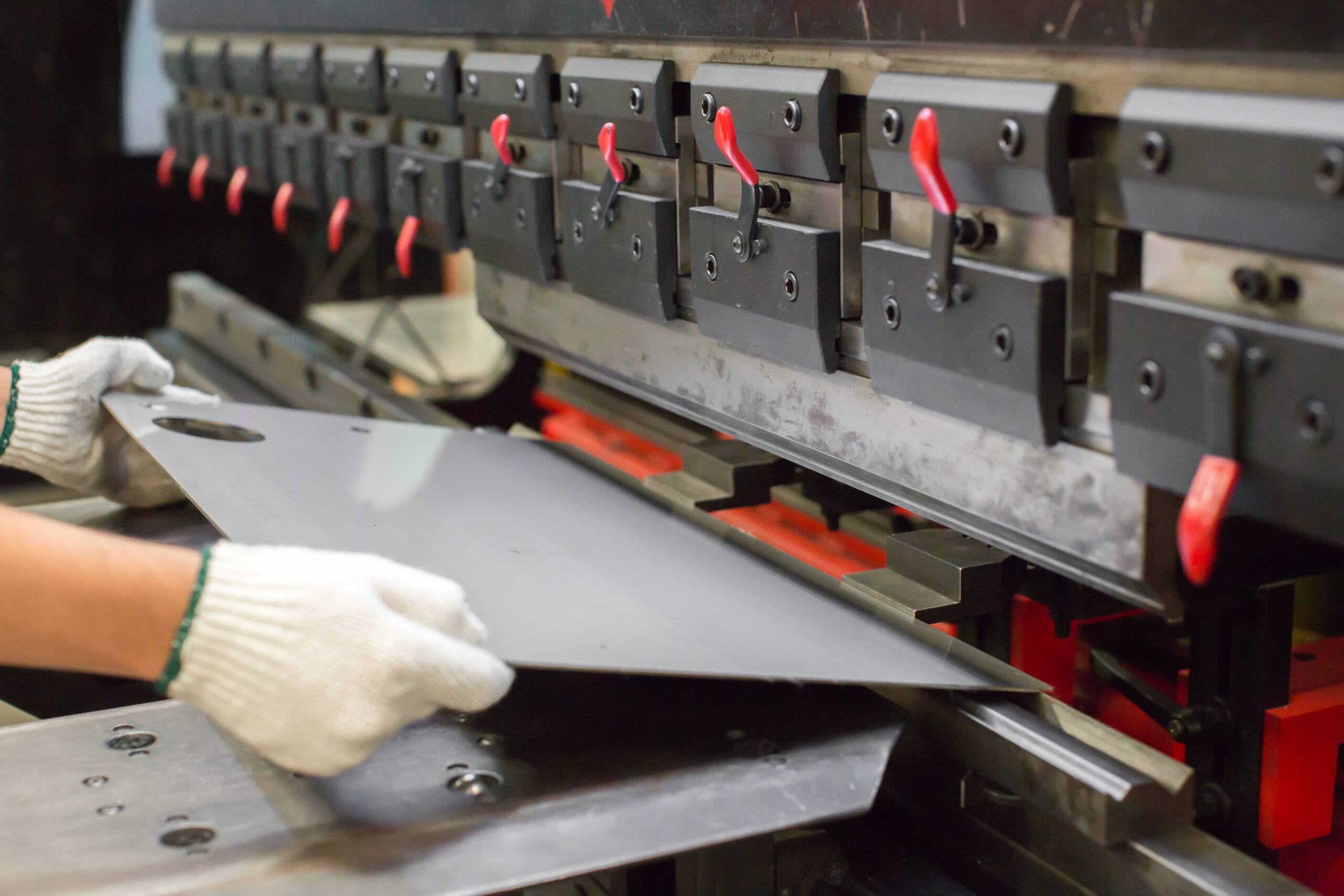
Shearing sheep is more than just a farming chore; it's a practice steeped in history and necessity. Why is shearing sheep important? Shearing keeps sheep healthy by preventing overheating and reducing the risk of parasites. Without regular shearing, wool can become matted and heavy, causing discomfort and even health issues for the sheep. Additionally, shearing provides valuable wool used in textiles, making it a crucial part of the agricultural economy. This process, often performed annually, requires skill and care to ensure the well-being of the animals. Ready to learn more? Here are 27 fascinating facts about shearing sheep that will give you a deeper understanding of this essential practice.
What is Shearing?
Shearing is the process of cutting wool off sheep. This practice has been around for thousands of years and is essential for both the health of the sheep and the production of wool for various uses. Here are some fascinating facts about shearing that might surprise you.
-
Shearing typically happens once a year, usually in the spring, to prepare sheep for the warmer months.
-
The wool removed from a single sheep is called a fleece. It can weigh anywhere from 2 to 30 pounds depending on the breed.
-
Shearing is done by professional shearers who use electric clippers, similar to large hair clippers.
History of Shearing
The history of shearing is rich and dates back to ancient times. Early methods were quite different from today's techniques.
-
Ancient Egyptians were among the first to shear sheep, using sharp stones and metal blades.
-
The Romans improved shearing tools by creating iron shears, making the process more efficient.
-
In medieval Europe, shearing was a communal event, often followed by a festival to celebrate the harvest of wool.
Techniques and Tools
Modern shearing has evolved significantly, with advanced tools and techniques making the process quicker and safer for both sheep and shearers.
-
Electric shears were invented in the late 19th century, revolutionizing the shearing industry.
-
There are different shearing techniques, including the Tally-Hi method, which is popular in Australia and New Zealand.
-
Shearers often use a special shearing stand to hold the sheep in place, ensuring a smooth and efficient process.
The Shearer's Role
Shearers play a crucial role in the wool industry. Their skills and speed can significantly impact the quality and quantity of wool produced.
-
A skilled shearer can shear a sheep in about 2 to 3 minutes.
-
The world record for shearing is held by Ivan Scott, who sheared 867 lambs in nine hours.
-
Shearers often travel from farm to farm, working long hours during the shearing season.
Health Benefits for Sheep
Shearing is not just about wool production; it also has significant health benefits for the sheep.
-
Removing the wool helps prevent overheating during the summer months.
-
Shearing reduces the risk of parasitic infections, such as flystrike, which can be fatal.
-
It also allows farmers to inspect the sheep for any skin conditions or injuries that might be hidden under the wool.
Economic Impact
The wool industry is a significant part of the agricultural economy in many countries. Shearing plays a vital role in this industry.
-
Australia is the largest producer of wool, followed by China and New Zealand.
-
The global wool market is valued at over $4 billion annually.
-
Wool is used in various products, including clothing, carpets, and insulation materials.
Environmental Impact
Wool is a sustainable and biodegradable material, making it an environmentally friendly choice.
-
Wool is a natural fiber that decomposes in soil, releasing valuable nutrients back into the earth.
-
The shearing process itself has a low environmental impact compared to synthetic fiber production.
-
Wool is also a renewable resource, as sheep grow a new fleece every year.
Fun Facts
Shearing has some quirky and fun aspects that make it an interesting topic beyond its practical applications.
-
Sheep shearing competitions are popular events in countries like Australia, New Zealand, and the UK.
-
The Golden Shears World Championship is the most prestigious shearing competition, held every two years.
-
Some sheep breeds, like the Merino, produce exceptionally fine wool, highly prized in the fashion industry.
Challenges in Shearing
Despite its importance, shearing comes with its own set of challenges that shearers and farmers must navigate.
-
Shearing can be physically demanding, requiring strength, stamina, and precision.
-
There is a risk of injury to both the shearer and the sheep if not done correctly.
-
Finding skilled shearers can be difficult, as fewer people are entering the profession.
Shearing: More Than Just a Haircut
Shearing isn't just about trimming wool. It's a vital process for sheep health and the wool industry. Without regular shearing, sheep can suffer from overheating, infections, and mobility issues. Plus, the wool harvested is used in countless products, from clothing to insulation.
Shearers need skill and precision to ensure the process is quick and painless for the sheep. It's a demanding job that requires strength and expertise. The wool industry relies heavily on these professionals to maintain high standards.
Understanding the importance of shearing helps us appreciate the hard work behind the wool products we use daily. Next time you wear a wool sweater or use a wool blanket, remember the intricate process and care involved in shearing. It's a fascinating blend of tradition, skill, and necessity that keeps both sheep and humans comfortable.
Was this page helpful?
Our commitment to delivering trustworthy and engaging content is at the heart of what we do. Each fact on our site is contributed by real users like you, bringing a wealth of diverse insights and information. To ensure the highest standards of accuracy and reliability, our dedicated editors meticulously review each submission. This process guarantees that the facts we share are not only fascinating but also credible. Trust in our commitment to quality and authenticity as you explore and learn with us.
